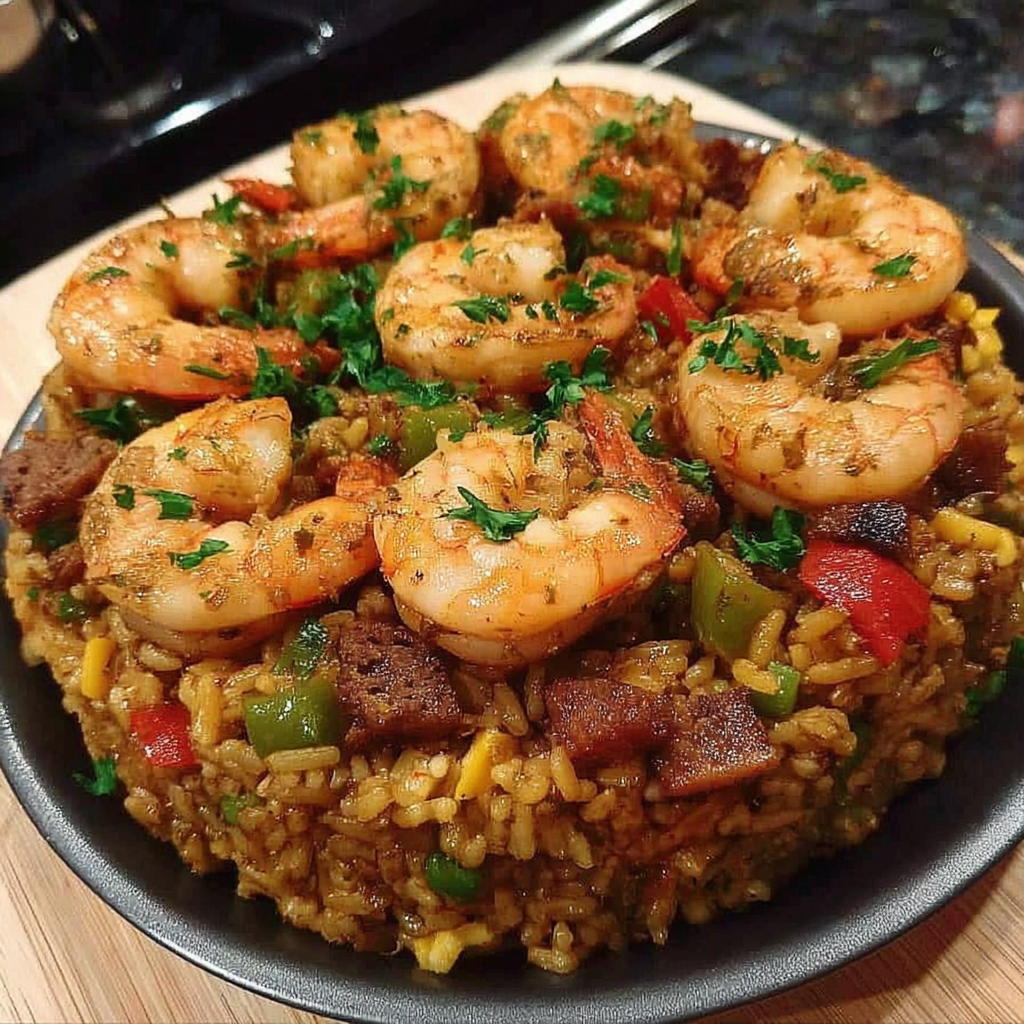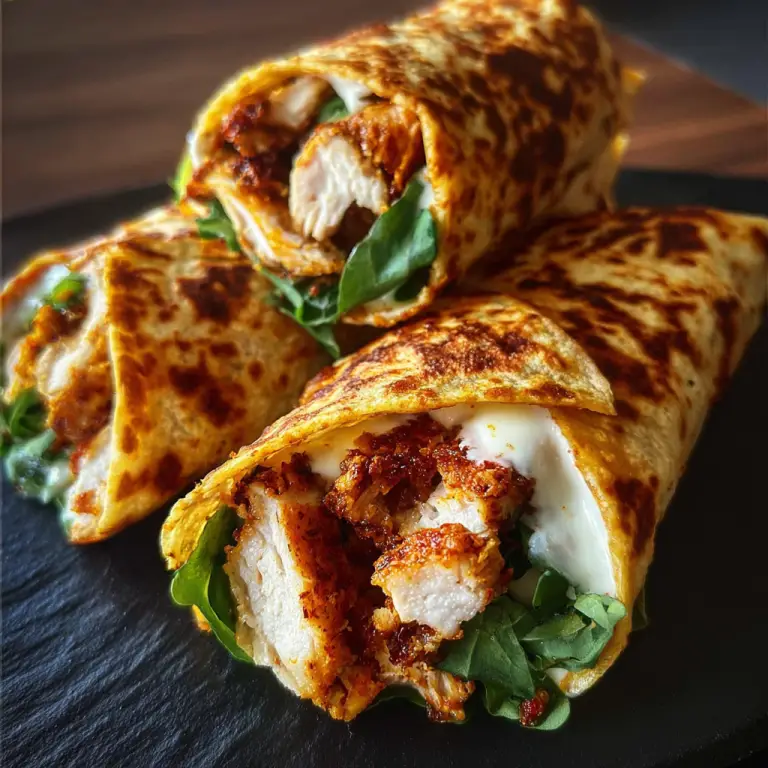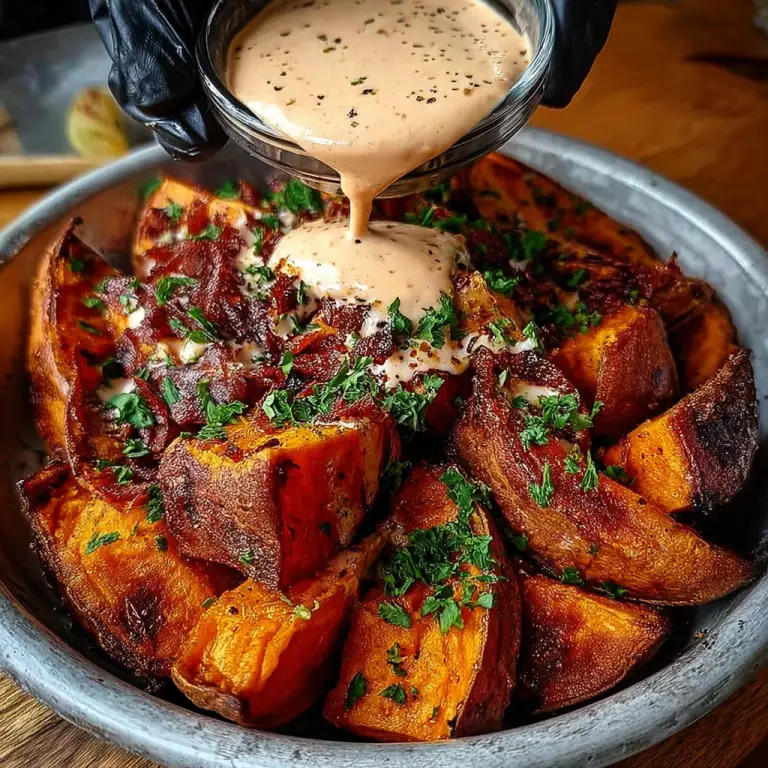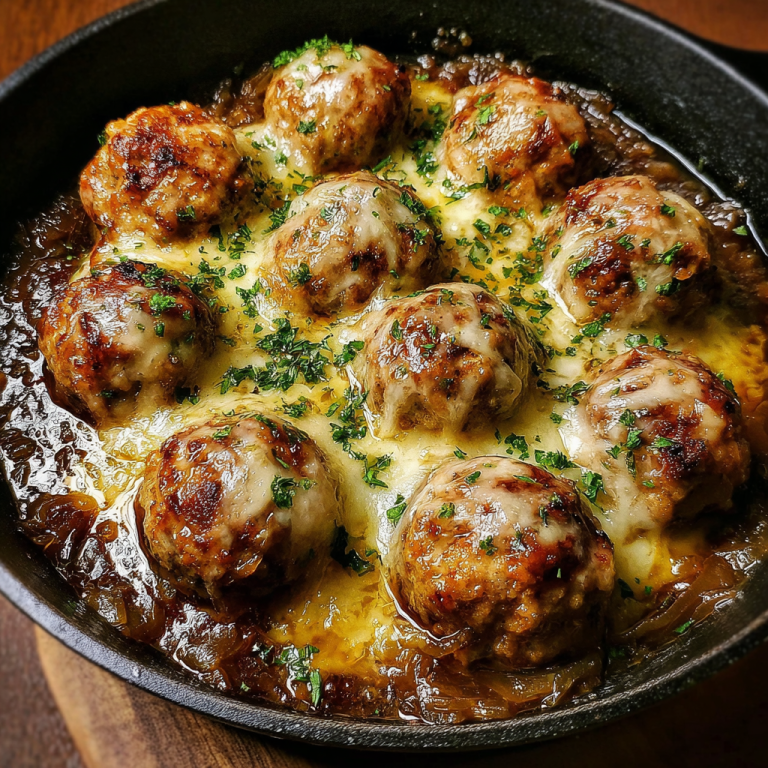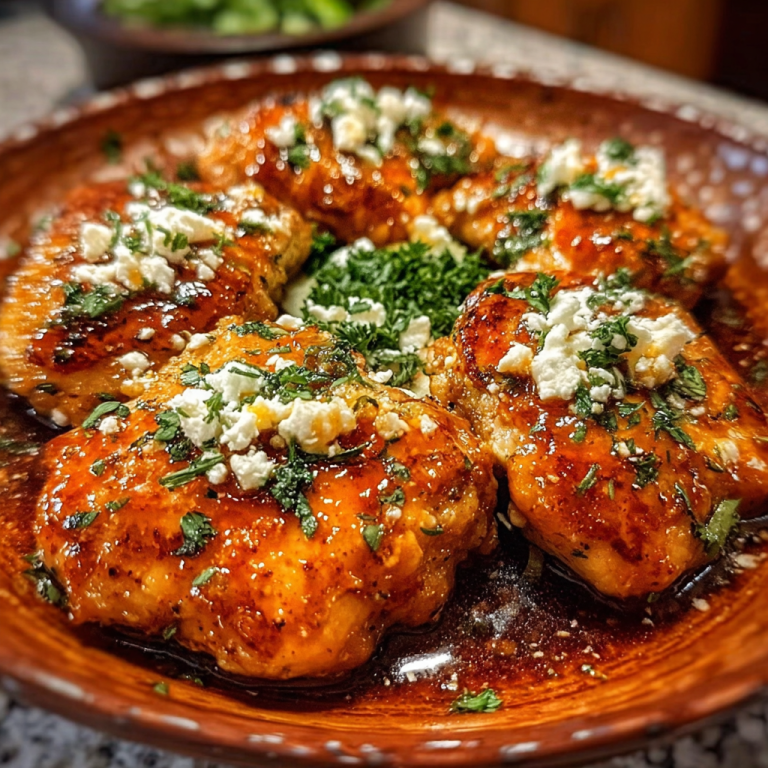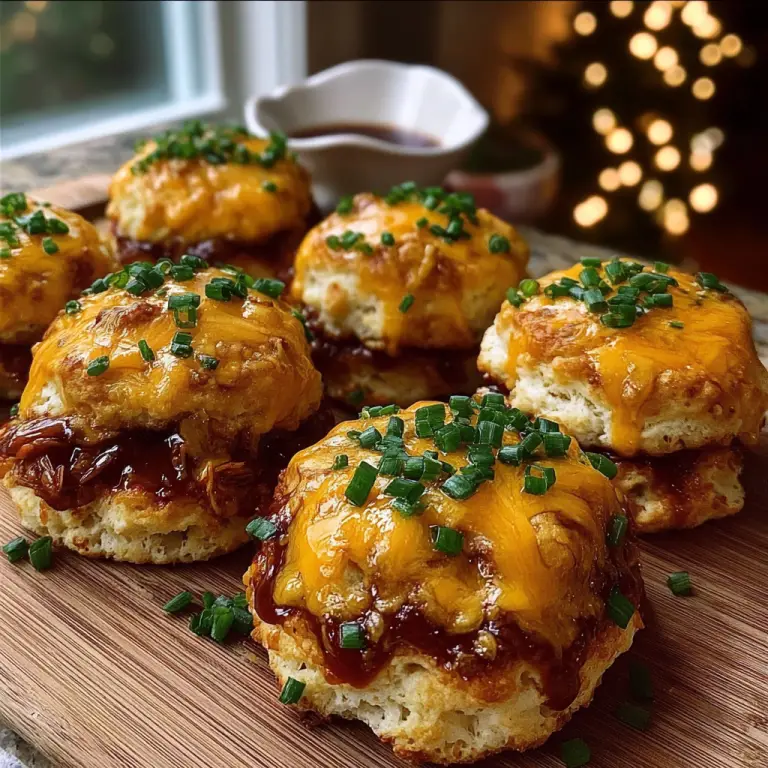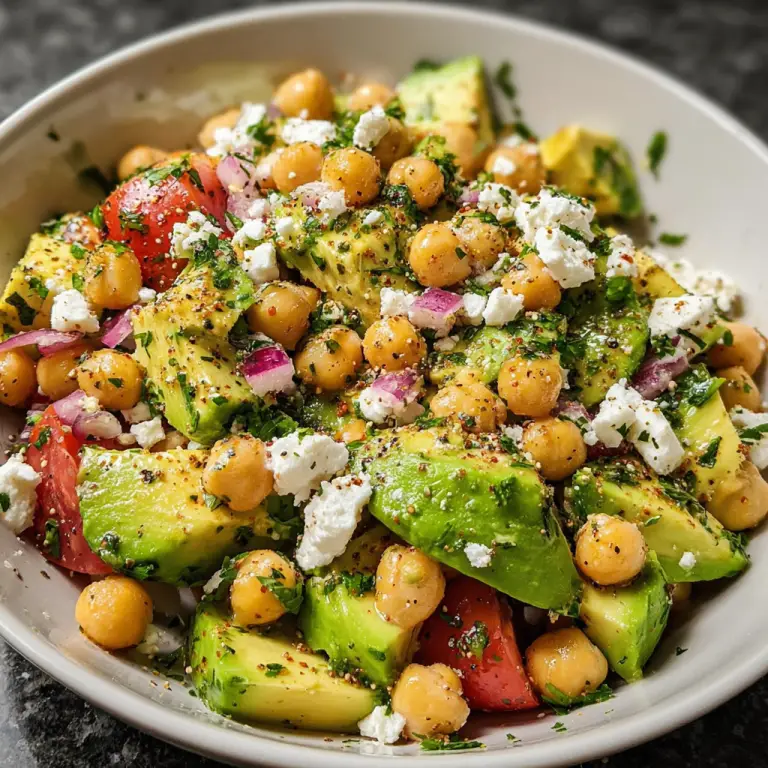Shrimp Dirty Rice Skillet
Introduction
When it comes to comfort food that’s bold, hearty, and full of flavor, few dishes can compete with shrimp dirty rice skillet. This Southern classic is rooted in Cajun and Creole cooking, known for its smoky sausage, earthy spices, tender rice, and of course—juicy shrimp. What makes it even better? It’s a one-skillet recipe, meaning less cleanup and more time enjoying dinner with family.
To truly appreciate this dish, it’s worth exploring the Cajun and Creole culinary traditions that shaped it. Both cuisines were born in Louisiana, combining French, African, and Spanish influences into food that’s deeply flavorful. You can learn more about this tradition on Louisiana Travel – Cajun & Creole Cuisine, which showcases the rich history of the region’s cooking.
At its heart, dirty rice gets its name from the way rice turns “dirty” when cooked with meats, seasonings, and vegetables. What makes this shrimp version shine is the addition of fresh seafood. Not only does shrimp add protein and flavor, but it’s also a lean source of nutrients—according to the USDA, shrimp is rich in protein, low in fat, and a natural source of omega-3 fatty acids. That means you get flavor and nutrition in one skillet.
What is Shrimp Dirty Rice?
Dirty rice is a Louisiana staple traditionally made with ground meats, rice, and the holy trinity of vegetables—onion, bell pepper, and celery. The term “dirty” refers to the browned appearance of the rice after absorbing all the spices and meat drippings.
- Cajun-style dirty rice is typically spicier and rustic.
- Creole-style dirty rice often incorporates tomatoes and has a slightly more refined flavor profile.
The shrimp variation swaps in seafood as the star protein while still embracing those deep, smoky seasonings that make it unmistakably Southern.
Ingredients You’ll Need For Shrimp Dirty Rice Skillet
The beauty of shrimp dirty rice skillet is its balance of pantry staples and fresh ingredients. Here’s what you’ll need:
- 1 lb shrimp – peeled and deveined
- 1 tbsp Cajun seasoning – for shrimp
- 2 tbsp olive oil – divided
- ½ lb ground beef
- ½ lb andouille sausage, diced
- 1 cup onion – finely chopped
- 1 cup green bell pepper – diced
- 1 cup red bell pepper – diced
- 2 celery stalks – diced
- 4 garlic cloves – minced
- 2 cups long-grain white rice (uncooked)
- 4 cups chicken broth (low sodium preferred)
- 1 bay leaf
- 1 tsp smoked paprika
- ½ tsp cayenne pepper (optional, for heat)
- Salt & black pepper – to taste
- 2 tbsp butter
- 2 tbsp fresh parsley or chives – chopped, for garnish
Pro Tip: For dietary preferences, swap sausage with turkey sausage, or use mushrooms/lentils for a vegetarian twist.
Step-by-Step Cooking Instructions Of Shrimp Dirty Rice Skillet
Follow these steps for the perfect skillet:
- Prep and Season Shrimp
- Toss shrimp with Cajun seasoning. Set aside.
- Cook Sausage and Beef
- In a large skillet, cook sausage (and optional ground beef) until browned. Remove and set aside.
- Sauté the Holy Trinity
- Add onion, celery, and bell peppers. Cook until softened.
- Toast Rice with Spices
- Stir uncooked rice with vegetables, add smoked paprika, cayenne, and bay leaf. Toast for 2 minutes.
- Add Broth and Simmer
- Pour in chicken broth. Cover and simmer 20 minutes until rice is fluffy.
- Cook Shrimp Separately
- In a small skillet, sear shrimp in butter and olive oil for 1–2 minutes per side.
- Combine Everything
- Mix rice with cooked meats, top with shrimp.
- Garnish & Serve
- Sprinkle parsley or green onions before serving.
Variations of Shrimp Dirty Rice Skillet
One of the best things about shrimp dirty rice skillet is how versatile it can be. The base recipe—rice, Cajun spices, sausage, vegetables, and shrimp—creates endless opportunities for customization depending on your taste, dietary needs, or the ingredients you have on hand. Here are some creative variations to try:
🌶️ Spicy Cajun Version
If you love bold flavors, kick up the heat with extra cayenne pepper, red pepper flakes, or your favorite hot sauce. Andouille sausage is naturally spicy, but you can also add jalapeños for another fiery layer.
🦞 Seafood Medley
Turn this dish into a true Southern seafood feast by mixing shrimp with crawfish, crab, or even scallops. Each seafood adds a unique texture and sweetness, transforming your skillet into a show-stopping dinner.
🥦 Vegetarian or Vegan Dirty Rice
Skip the meat and seafood by substituting mushrooms, lentils, or plant-based sausage. Mushrooms, especially portobello or cremini, provide that “meaty” texture while still soaking up the spices beautifully.
⏱️ Quick Weeknight Version
Short on time? Use pre-cooked rice or leftover rice from the fridge. Simply sauté your vegetables and proteins, stir in the rice with spices, and finish with shrimp. Dinner is ready in under 30 minutes.
🥗 Health-Conscious Option
For a lighter take, swap white rice for brown rice or even cauliflower rice. Use turkey sausage instead of pork, reduce the butter, and go heavy on the vegetables for a nutrient-dense meal that doesn’t sacrifice flavor.
Whether you want a fiery skillet, a seafood-packed dish, or a healthier family dinner, shrimp dirty rice skillet adapts to your cravings. With just a few tweaks, you can reinvent this classic comfort food again and again.

Serving Suggestions
Pair your shrimp dirty rice skillet with:
- Fresh salad with vinaigrette
- Southern sides like collard greens or fried okra
- Warm cornbread
- Garnishes: hot sauce drizzle, parsley, green onions
It works equally well as a weeknight family dinner or a dish for entertaining guests.
Storage and Reheating Tips
- Refrigeration – Store in an airtight container up to 3 days.
- Freezing – Best to freeze rice separately; cook shrimp fresh.
- Reheating – Warm in a skillet with a splash of broth for moisture.
Sink your teeth into this Pulled Beef Sandwich — tender, juicy, and packed with smoky, savory flavor.
Nutritional Profile
On average, a serving of shrimp dirty rice skillet provides:
- Calories: ~400–450 per serving
- Protein: 25–30g
- Carbs: 35–40g
- Fat: 15–18g
Shrimp is naturally low in fat and a source of omega-3 fatty acids, making this dish high in protein but still balanced.
Expert Cooking Tips & Common Mistakes
Making the perfect shrimp dirty rice skillet comes down to technique and attention to detail. Here are some expert tips to help you succeed, along with common mistakes to avoid.
✅ Expert Tips
- Use fresh shrimp whenever possible. Look for firm, translucent shrimp with no strong odor. If using frozen, thaw completely and pat dry before seasoning.
- Toast the rice with spices. Letting the rice absorb seasonings and a bit of oil before adding broth deepens the flavor.
- Cook shrimp separately. Searing shrimp in butter or olive oil ensures they stay tender and don’t overcook while the rice simmers.
- Simmer low and slow. Once the broth is added, cook the rice covered on low heat. This prevents uneven cooking and keeps it fluffy.
- Layer your flavors. Build depth by browning sausage first, sautéing vegetables in those drippings, and finishing with fresh herbs.
❌ Common Mistakes
- Overcooking shrimp. They cook quickly—just 1–2 minutes per side is enough. Overdone shrimp turn rubbery.
- Using the wrong rice. Short-grain rice gets sticky. Stick to long-grain white rice for the best texture.
- Too much stirring. Stirring rice often during simmering releases starch, making it gummy instead of fluffy.
- Overloading with salt. Cajun seasoning and sausage are naturally salty. Taste before adding extra.
- Skipping the garnish. Fresh parsley, green onions, or a splash of hot sauce brighten the dish and balance the richness.
With these tips, your shrimp dirty rice skillet will come out flavorful, balanced, and restaurant-quality every time.
FAQs About Shrimp Dirty Rice Skillet
What is the difference between jambalaya and dirty rice?
- Jambalaya usually includes tomatoes and a variety of proteins; dirty rice relies on meats and seasonings for its “dirty” look.
Can I use leftover rice?
- Yes! Just skip the broth step and stir in cooked rice with seasonings and meats.
What’s the best rice for dirty rice?
- Long-grain white rice; it stays fluffy and absorbs flavors well.
Is dirty rice supposed to be spicy?
- Traditionally, yes, but you can adjust spice levels for your taste.
Can I make this without sausage?
- Absolutely—substitute with turkey sausage, chicken, or just shrimp.
How do I make dirty rice less salty?
- Use low-sodium broth and adjust Cajun seasoning.
Can shrimp dirty rice be made in an Instant Pot?
- Yes, sauté ingredients first, then cook rice under pressure for 6 minutes before adding shrimp.
Conclusion
There’s something truly special about a dish that combines flavor, tradition, and convenience all in one pan, and that’s exactly what you get with shrimp dirty rice skillet. This recipe pays homage to Louisiana’s rich Cajun and Creole culinary heritage, where bold seasonings, the holy trinity of vegetables, and comforting rice come together to create a meal that’s as satisfying as it is memorable. By adding shrimp, you elevate a classic dirty rice into a dish that feels fresh, vibrant, and full of character.
What makes this skillet stand out is its versatility. You can keep it traditional with sausage and ground beef, make it lighter with turkey sausage, or go fully seafood-forward by adding crawfish or crab. It’s adaptable enough for weeknight dinners yet impressive enough to serve at gatherings or lunch. Plus, with everything cooked in one skillet, cleanup is quick—leaving more time to enjoy the meal with family or friends.
Whether you like your food spicy, smoky, or packed with seafood, this recipe invites you to put your own spin on it. Next time you’re craving a comforting Southern dinner, let shrimp dirty rice skillet be your go-to. It’s bold, hearty, and guaranteed to bring everyone back for seconds.

